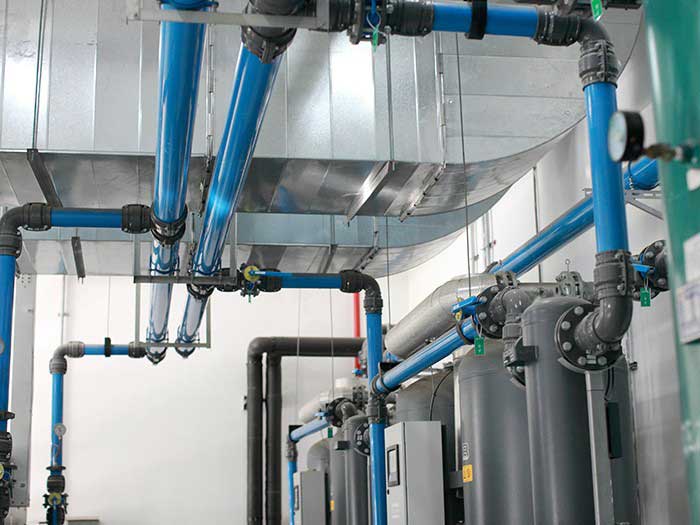The fluid resistance of a handle butterfly valve is actually the resistance when the valve closing member is in the open position. This size determines the moment of the butterfly valve in the working state, that is, whether it is easy to open and close.
Handle butterfly valve is the flow resistance coefficient of some data, although these data by the experiment seriously, but still only as a reference, because each valve structure can significantly change their resistance coefficient, closed the manufacturing quality of valve body cavity will also affect the resistance coefficient of closed valve.
The flow resistanceof Handle butterfly valve parts
The flow resistance coefficient of the valve indicates the resistance of the valve to the passing liquid. The size of the flow resistance coefficient depends on the structure and size of the butterfly valve, as well as the structure and shape of the cavity, which determines the straightness of the flow, and the equivalent cross-section.The flow resistance coefficient for each structure is achieved through implementation. In general, to some extent, it can be considered that each part in the valve body cavity can be regarded as a component system that generates resistance. Therefore, the pressure loss of the manual butterfly valve is approximately equal to the pressure loss of the various parts of the valve. The total drag coefficient of the valve can be approximated as the sum of the drag coefficient of each component. In order to assess the impact of component parts on valve resistance, the most common part resistance data can be listed based on their shape and size ratio. When calculating, the coefficient value must exactly correspond to the cross section and flow rate. Using a coefficient value for one section for other flow rates can produce a large error.
Handle butterfly valve flow resistance coefficient calculation
The calculation of the butterfly valve flow resistance coefficient can be divided into four situations:
1. Sudden expansion of the stream will produce maximum pressure loss. In this case, part of the flow rate of the medium is consumed in the formation of turbulence, agitation of the liquid and temperature increase of the liquid.
2. The flow beam is gradually expanding. The gradual increase of flow velocity is less than the sudden increase in pressure loss. Therefore, the length of the vertebral body should be made as long as possible. That is, the tapered reducing tube with a smaller angle should be used instead of the sudden enlarged reducer.
3. The shrinkage of the stream bundles generally produces little pressure loss. In the case where the cone angle is less than 5[deg.] and a smooth transition with a different diameter tube, the pressure loss comes only from friction.
4. The pipeline turns smoothly and smoothly. The ratio of the diameter of the pipe to the radius of the bend and the corner of the curve. These turbines create additional resistance and form a dead zone in the elbow fluid. In a turning flow valve, it is reasonable to form a rectangular section that is close to a rectangular quadrilateral along the turning radius.










